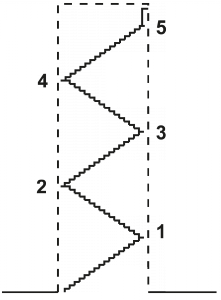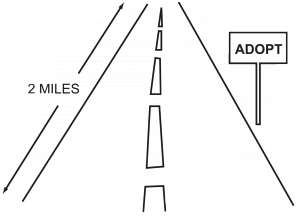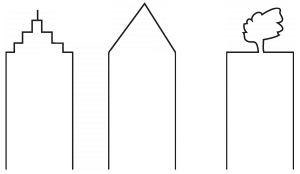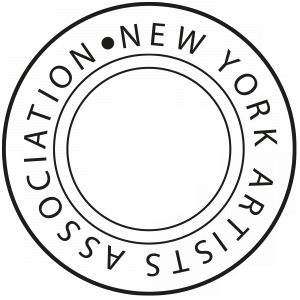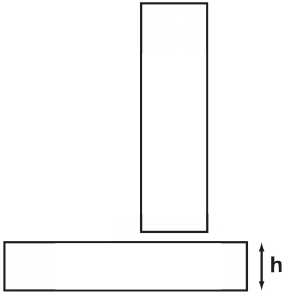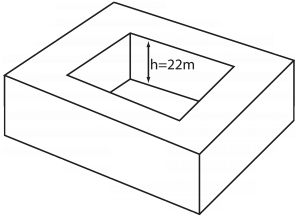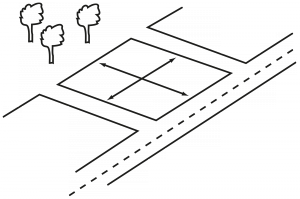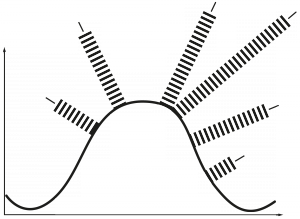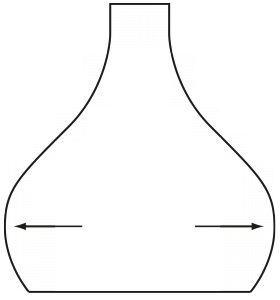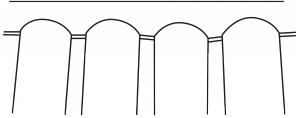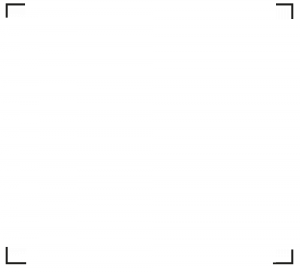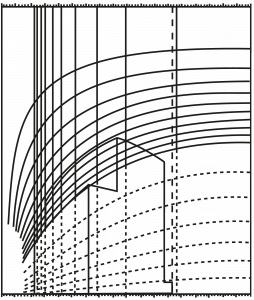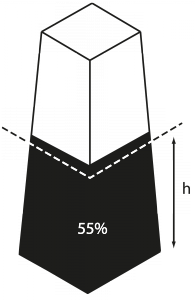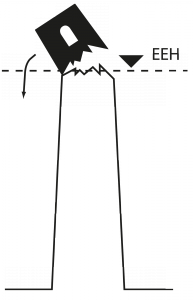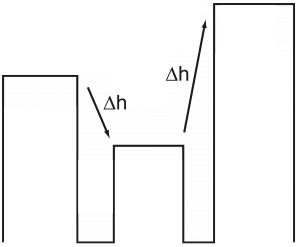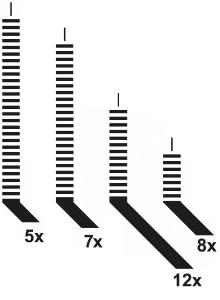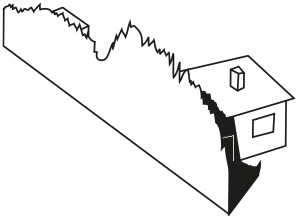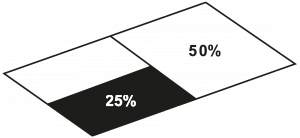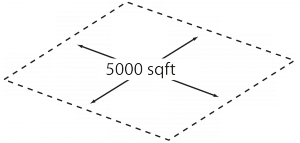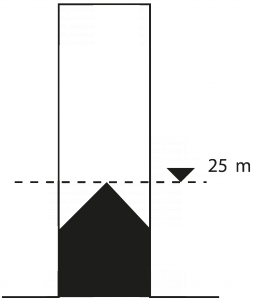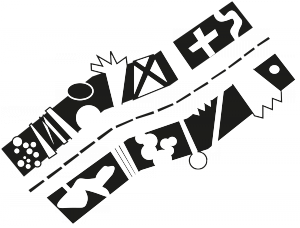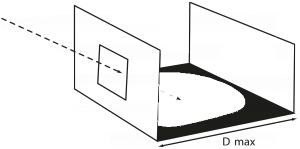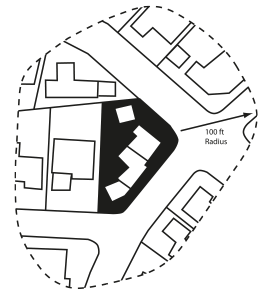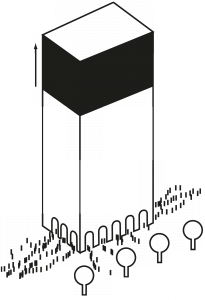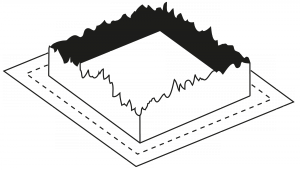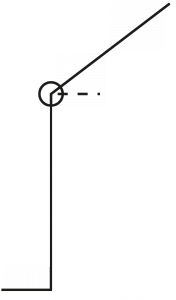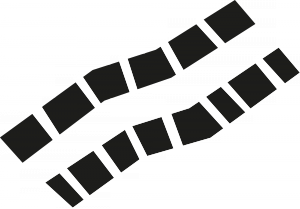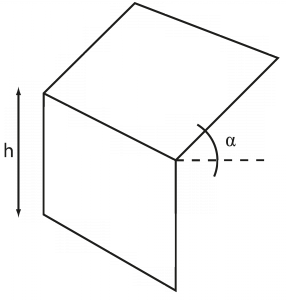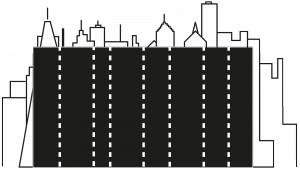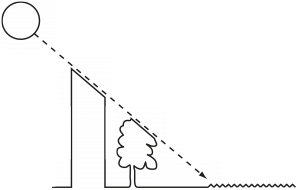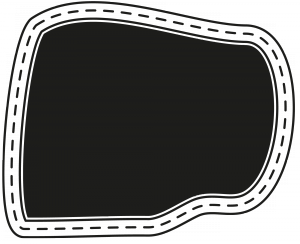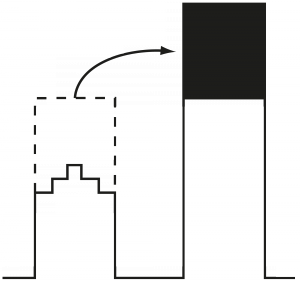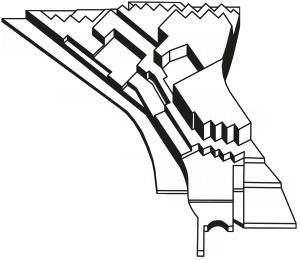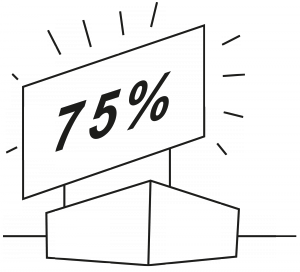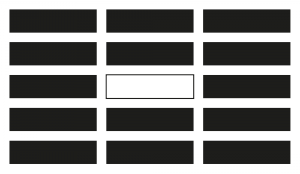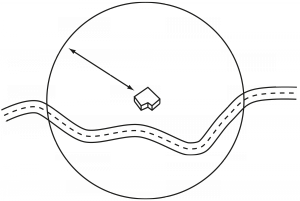Asst. Prof. Dr. Alex Lehnerer
Design Rules and Design With Rules!
Cities as cultural products are neither ‘built’ nor ‘planned,’ at best they are guided and steered in a certain direction. Therefore, rules and regulations are one of the few tools that are actually suitable to guide future development within such collective and complex urban settings.
We strongly believe that the field of (urban) design should not simply adhere to these standards as some neutrally existing context but should actively engage in discussing them in order to make them subject to design as well. read more
Filter rules
Show All-
 Backdrop PreservationForm Regulator, Height, Density and Distribution Regulator
Backdrop PreservationForm Regulator, Height, Density and Distribution Regulator -
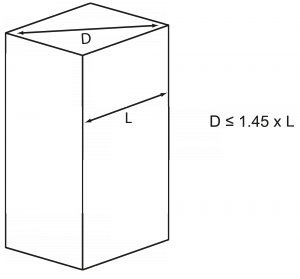 Building BulkDensity and Distribution Regulator, Form Regulator
Building BulkDensity and Distribution Regulator, Form Regulator -
 Common Law of NuisanceProgrammatic Regulation, Form Regulator, Height, Density and Distribution Regulator, Style
Common Law of NuisanceProgrammatic Regulation, Form Regulator, Height, Density and Distribution Regulator, Style -
 Freedom & CoercionHeight, Density and Distribution Regulator, Style, Programmatic Regulation, Form Regulator
Freedom & CoercionHeight, Density and Distribution Regulator, Style, Programmatic Regulation, Form Regulator -
 Glut TendencyProgrammatic Regulation
Glut TendencyProgrammatic Regulation -
 Invisible HandProgrammatic Regulation, Form Regulator, Height, Density and Distribution Regulator, Style
Invisible HandProgrammatic Regulation, Form Regulator, Height, Density and Distribution Regulator, Style -
 Land Preservation
Land Preservation -
 London View ManagementDensity and Distribution Regulator, Form Regulator, Height
London View ManagementDensity and Distribution Regulator, Form Regulator, Height -
 Population to Overall Street LengthDensity and Distribution Regulator
Population to Overall Street LengthDensity and Distribution Regulator -
 Proximity CoercionHeight, Density and Distribution Regulator, Programmatic Regulation, Form Regulator
Proximity CoercionHeight, Density and Distribution Regulator, Programmatic Regulation, Form Regulator -
 Public & Private InterestsDensity and Distribution Regulator, Style, Programmatic Regulation, Form Regulator, Height
Public & Private InterestsDensity and Distribution Regulator, Style, Programmatic Regulation, Form Regulator, Height -
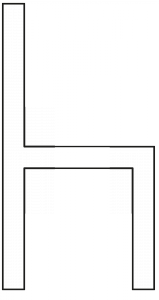 Public Space AcceptanceDensity and Distribution Regulator, Style, Programmatic Regulation
Public Space AcceptanceDensity and Distribution Regulator, Style, Programmatic Regulation -
 Revision CyclesHeight, Density and Distribution Regulator, Style, Programmatic Regulation, Form Regulator
Revision CyclesHeight, Density and Distribution Regulator, Style, Programmatic Regulation, Form Regulator -
 Ridge Line ProtectionForm Regulator, Height, Density and Distribution Regulator
Ridge Line ProtectionForm Regulator, Height, Density and Distribution Regulator -
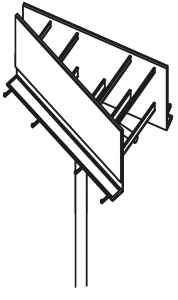 Rights to BeautyStyle, Form Regulator, Height
Rights to BeautyStyle, Form Regulator, Height -
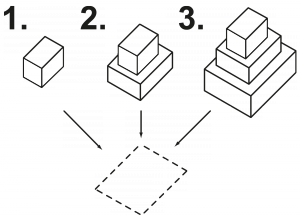 Rule of ThreeHeight, Style, Density and Distribution Regulator
Rule of ThreeHeight, Style, Density and Distribution Regulator -
 Rules and FreedomsHeight, Density and Distribution Regulator, Style, Programmatic Regulation, Form Regulator
Rules and FreedomsHeight, Density and Distribution Regulator, Style, Programmatic Regulation, Form Regulator -
 Scenic Drive ProtectionForm Regulator, Height, Density and Distribution Regulator, Programmatic Regulation
Scenic Drive ProtectionForm Regulator, Height, Density and Distribution Regulator, Programmatic Regulation -
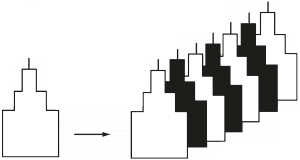 Style RulesStyle, Form Regulator
Style RulesStyle, Form Regulator -
 Towers at Primary StreetsHeight, Density and Distribution Regulator, Form Regulator
Towers at Primary StreetsHeight, Density and Distribution Regulator, Form Regulator -
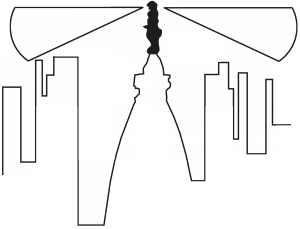 Where is William ?Density and Distribution Regulator, Form Regulator, Height
Where is William ?Density and Distribution Regulator, Form Regulator, Height
Tendency towards Overexploitation
There is a tendency for publicly usable space to be overexploited by individuals. For public areas where privatization is out of the question, rules must be established designed to moderate private interests on the one hand, and to mediate effectively between private and public interests on the other.

-
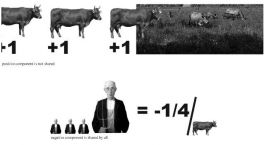 The tendency of overexploitation of the commons: The negative component is shared by all, whereas the positive one is not.
The tendency of overexploitation of the commons: The negative component is shared by all, whereas the positive one is not. -
 Typical traditional, tripartite village structure with the commons being the third ring around the settlement.
Typical traditional, tripartite village structure with the commons being the third ring around the settlement. -
 Paradox: one farmer gets the whole benefit from one more cow added.However the burden of it is shared by all.
Paradox: one farmer gets the whole benefit from one more cow added.However the burden of it is shared by all.


